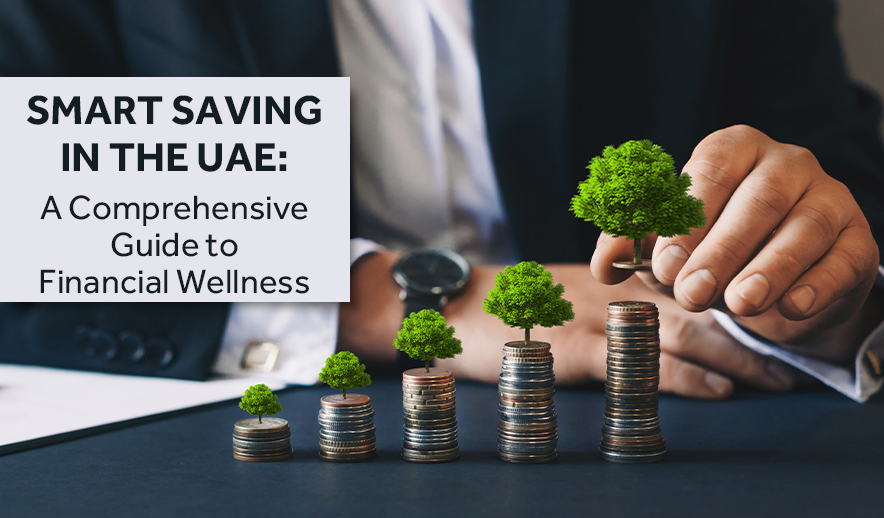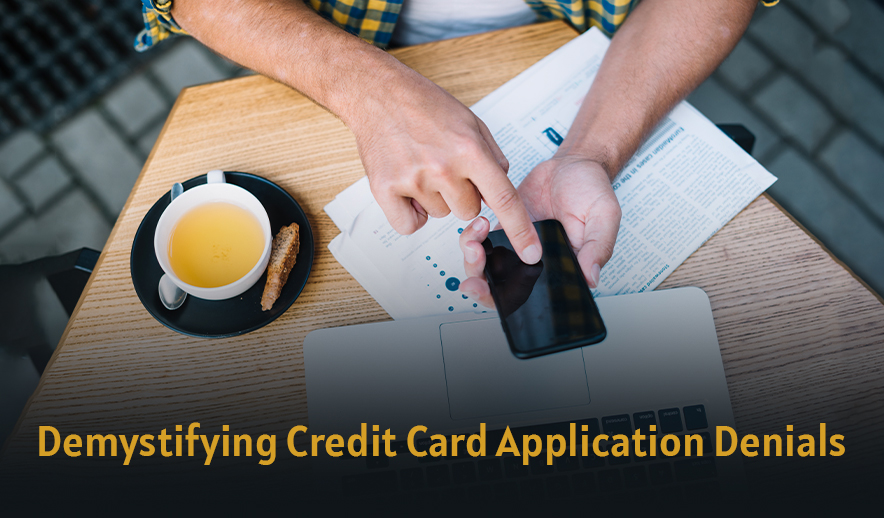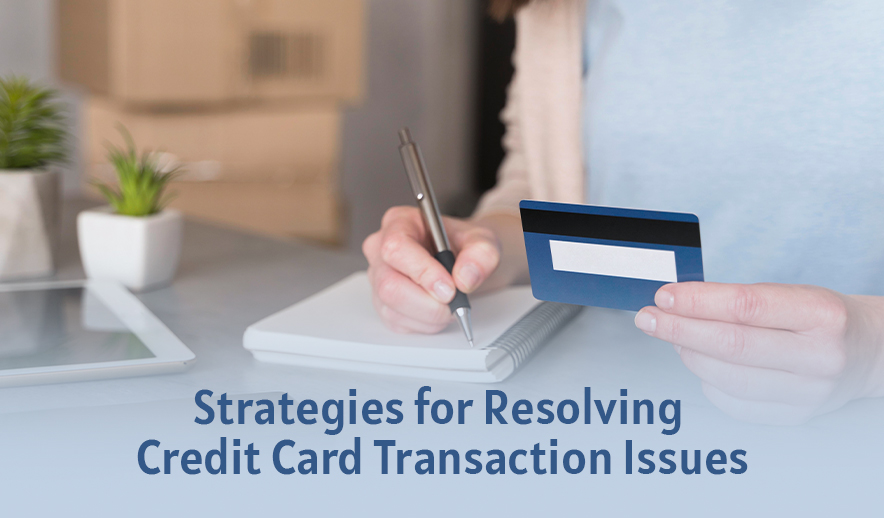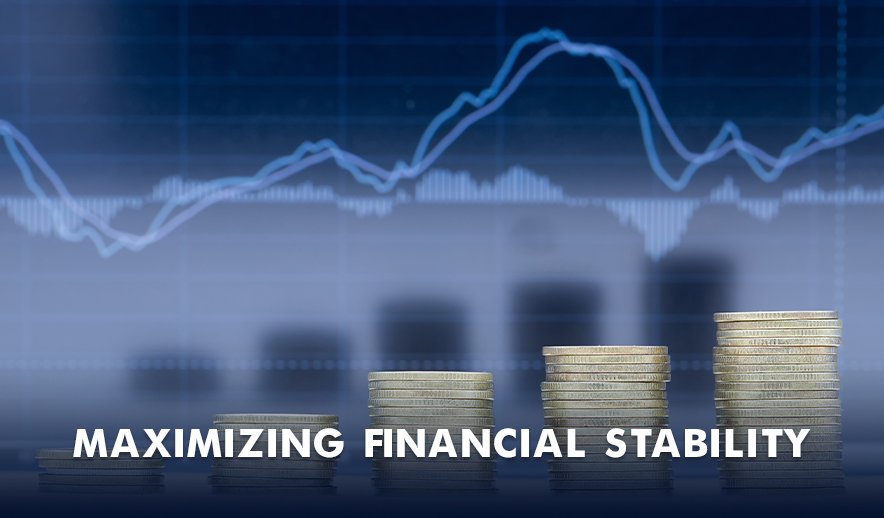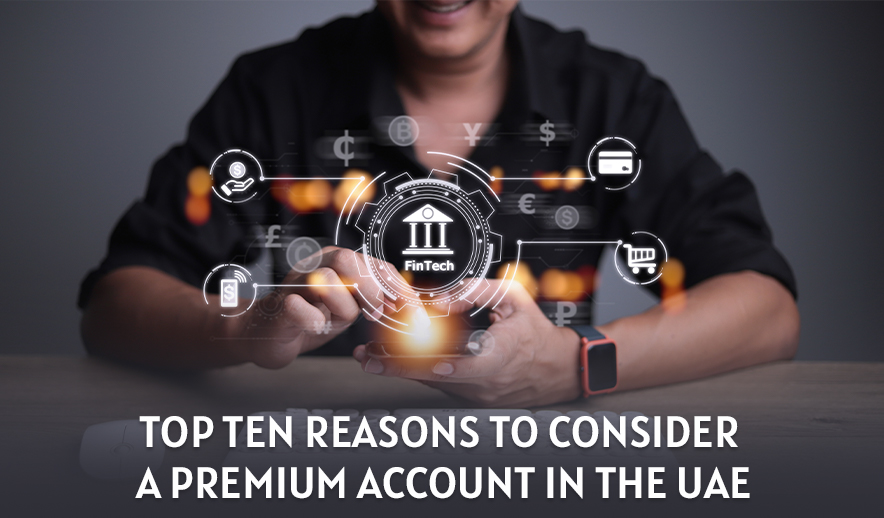Introduction
In today’s fast-paced world, managing personal finances can be a daunting task. Luckily, with the rise of technology, budgeting has become more accessible and efficient than ever before. Budget apps, designed to simplify financial management, have gained popularity for their user-friendly interfaces and powerful features. This article explores the world of budget apps, highlighting their benefits, key features, and how they empower individuals to take control of their financial destinies.
- The Evolution of Budgeting Apps
Budgeting apps have revolutionized the way people manage their finances. Traditionally, budgeting involved meticulous manual calculations and paperwork, making it time-consuming and error-prone. With the advent of budget apps, individuals can effortlessly track their income, expenses, and savings goals in real time, all from the convenience of their smartphones.
- Benefits of Budget Apps
Simplified Expense Tracking:
Budget apps categorize expenses automatically, allowing users to monitor their spending habits effortlessly. This feature provides valuable insights into where money is going, enabling informed decision-making.
Customized Budgeting:
These apps offer personalized budgeting tools, allowing users to set financial goals and allocate funds for various expenses. Customization ensures that budgets align with individual financial objectives and priorities.
Real-Time Updates:
Budget apps provide real-time updates on transactions, account balances, and budget progress. Users can stay informed about their financial status, enabling them to make timely adjustments to their spending habits.
Financial Goal Planning:
Many budget apps assist users in setting and achieving financial goals, whether it’s building an emergency fund, paying off debt, or saving for a vacation. These apps provide progress tracking and offer suggestions to stay on target.
Expense Analysis and Insights:
Budget apps offer detailed analytics and insights, highlighting spending patterns, trends, and areas for potential savings. Users can identify unnecessary expenses and make informed decisions to cut costs.
III. Key Features of Budget Apps
Expense Categorization:
Budget apps automatically categorize expenses, providing a clear overview of spending habits. Users can see how much they spend on essentials like groceries, housing, and entertainment, facilitating better budget allocation.
Bill Payment Reminders:
These apps send notifications for upcoming bill payments, ensuring users never miss a due date. Timely reminders prevent late fees and maintain a positive credit history.
Financial Goal Tracking:
Budget apps allow users to set specific financial goals, such as saving for a down payment or an emergency fund. The apps track progress and provide motivation to stay on course.
Budgeting Tools and Calculators:
Budget apps offer various tools and calculators to assist users in budget planning, debt payoff strategies, and investment calculations. These resources empower users to make informed financial decisions.
- Choosing the Right Budget App
When selecting a budget app, it’s essential to consider factors such as user interface, security features, integration with financial institutions, and customer support. Reading user reviews and trying out free versions (if available) can help individuals find an app that aligns with their preferences and needs.
Conclusion
Budget apps have democratized financial management, making it accessible to everyone regardless of their financial expertise. By harnessing the power of these apps, individuals can gain control over their finances, achieve their goals, and build a secure financial future. Embracing technology in personal finance not only simplifies budgeting but also empowers individuals to make informed decisions, leading to financial freedom and peace of mind. With the right budget app by your side, you can embark on a journey toward financial fitness and a brighter financial tomorrow.




